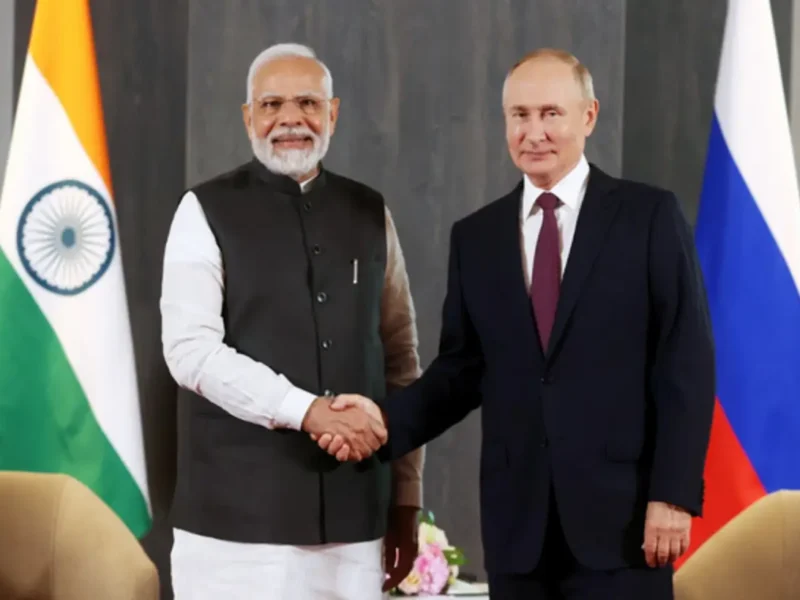
Tibetans Recruited By Chinese Army Now Patrolling Ladakh, Arunachal Borders
NEW DELHI, (ANI) – The Tibetan troops recruited by the Chinese Army for helping them in high-altitude areas are now visible as part of the People’s Liberation Army border defense patrols along the Line of Actual Control in Eastern Ladakh and Arunachal Pradesh, according to the sources.
Soon after the aggression along the LAC in 2020, China started recruiting these soldiers to help them sustain themselves in high-altitude areas as part of their long-term deployment plans there. “The Tibetan soldiers are now visible as part of the patrols of their border defense troops, but the majority continue to be the mainland Chinese soldiers,” sources in security forces said.
The Chinese have faced issues with their regular mainland troops to sustain themselves in high altitude areas and have seen how the Indian Special Frontier Force troops including many Tibetan troops performed during the capture of high peaks in the Kailash ranges by the Indian Army, sources said.
As per reports, China had issued instructions to their senior commanders to induct at least one soldier from each Tibetan family and turn them loyal towards the country as well as keeping a check on their families.
However, sources said the move by China has seen a lot of resentment from the affected families.
India and China have been in a military standoff since April-May 2020 and deployed heavily in the border areas.
India has also deployed an almost equal number of troops along the Eastern Ladakh sector to counter any possible misadventure by the Chinese in the future.
The Army has also reoriented its focus towards the northern borders and deployed new formations along with dual tasking some of them for facing the two-front threat scenario.




